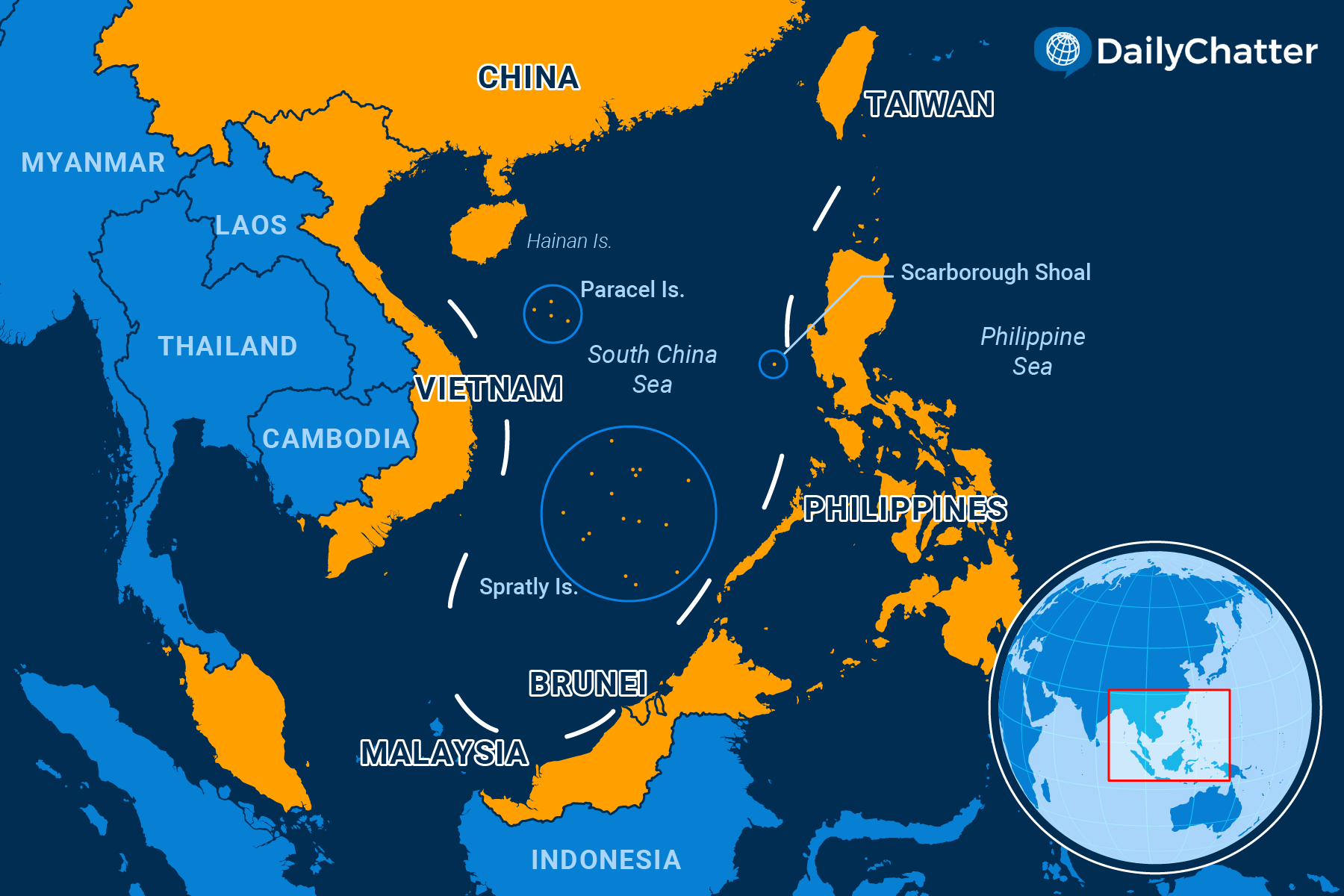The World Briefly
September 04, 2023Crossing Lines
China

|
Listen to Today's Edition
|
China’s land and maritime neighbors protested against a newly published map displaying new and expanded Chinese borders, a move that could exacerbate already simmering regional tensions over Beijing’s territorial claims, Nikkei Asia reported.
Last week, China’s Ministry of Natural Resource published a 2023 edition of the country’s “standard map.” The new chart showed the northeastern Indian state of Arunachal Pradesh and the Aksai Chin plateau as Chinese territory. It also showed part of Malaysia’s maritime area off Borneo, as well as Taiwan and swaths of the South China Sea as Chinese.
India and Malaysia swiftly rejected the map and Beijing’s alleged territorial claims. New Delhi also lodged a protest ahead of next week’s Group of 20 summit in India, at which Chinese President Xi Jinping’s attendance has been in doubt – to the disappointment of world leaders, the BBC reported.
Criticism also came from the Philippines, which has been involved in a long-running dispute with Beijing over the latter’s territorial claims in the South China Sea. Philippine officials decried the new chart, saying “the latest attempt to legitimize China’s purported sovereignty and jurisdiction over Philippine features and maritime zones has no basis under international law.”
They added that a 2016 ruling by the international tribunal, the Permanent Court of Arbitration, “invalidated the nine-dashed line” – referring to China’s claim of large areas of the South China Sea and the Taiwan Strait.
Meanwhile, Taiwan – a self-governing island that Beijing claims as part of its territory – also rejected the map.
In response, Chinese officials called on the parties to stay objective, adding that the map’s unveiling is “a routine practice in China’s exercise of sovereignty in accordance with the law.”
Analysts explained that Beijing’s move will further raise tensions in the South China Sea and along the 3,000-kilometer Sino-Indian border, where tens of thousands of soldiers are amassed on both sides in the western Himalayas.
However, they noted that Beijing’s move is not unprecedented, suggesting that it was aimed at distracting the population from China’s economic woes by playing the “nationalism card.”
Not already a subscriber?
If you would like to receive DailyChatter directly to your inbox each morning, subscribe below with a free two-week trial.
Support journalism that’s independent, non-partisan, and fair.
If you are a student or faculty with a valid school email, you can sign up for a FREE student subscription or faculty subscription.
Questions? Write to us at hello@dailychatter.com.

